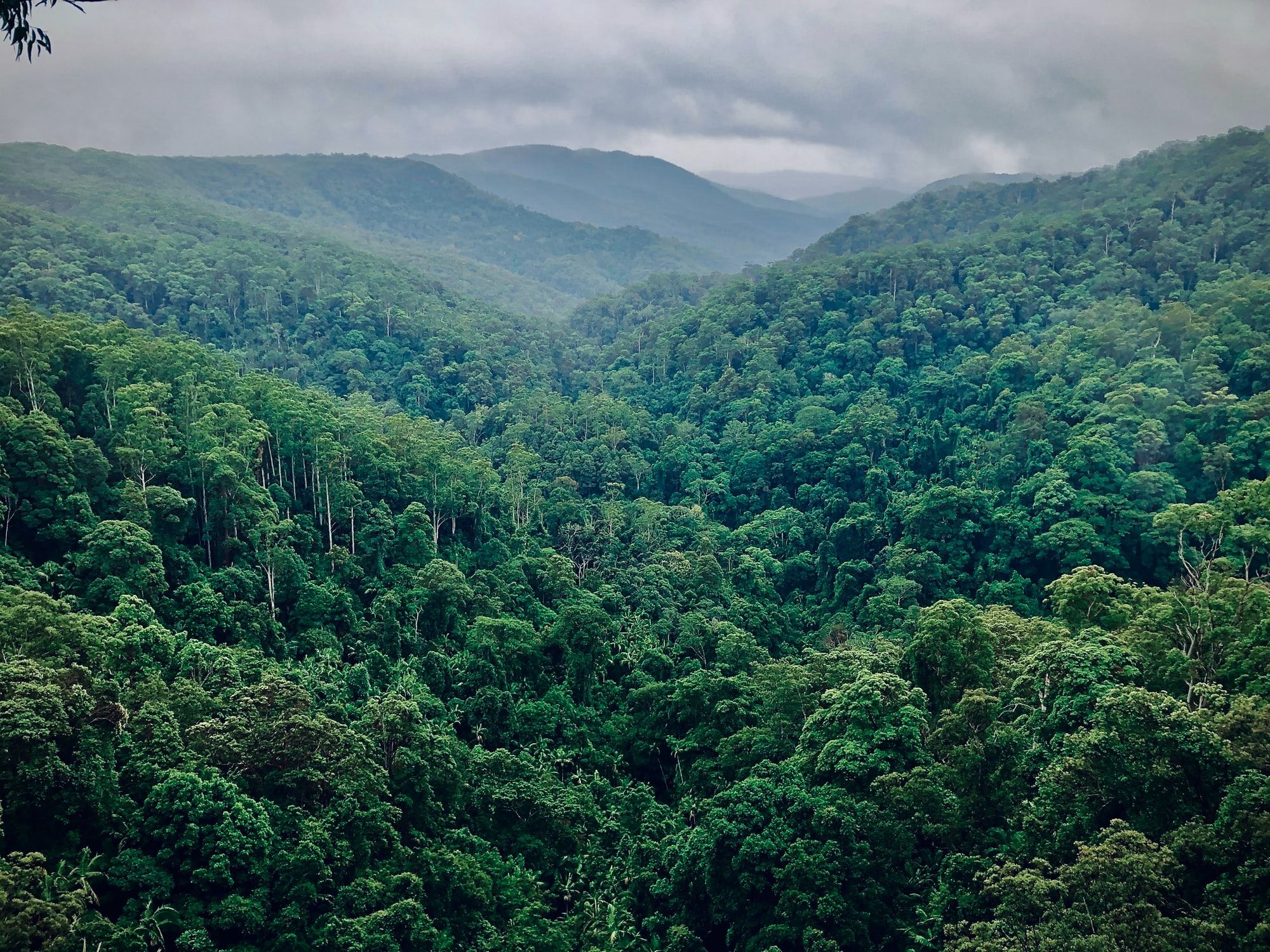
☕️ Coffee pulp - a way to speed up forest restoration
To spread coffee pulp, which is a by-product from coffee production, over degraded lands can help it recover more quickly, a new study finds.
Share this story!
Reforesting the sections of the rainforests we humans destroy is a constantly ongoing project. Now a recent study found coffee pulp to speed up forest restoration.
The British Ecological Society (BES) reported that the researchers from ETH-Zurich and the University of Hawaii, who’s working on this project, watched a small forest grow in mere two years after dumping 30 truckloads of coffee pulp on a piece of degraded land in Costa Rica. Dr. Rebecca Cole, the lead author of the study published in Ecological Solutions and Evidence, says to BES:
"The results were dramatic. The area treated with a thick layer of coffee pulp turned into a small forest in only two years while the control plot remained dominated by non-native pasture grasses."
The piece of land that was treated with coffee pulp grew 80% of a canopy cover. The control plot only grew 20%. According to the BES, the researchers also discovered that the canopy cover was four times taller in the coffee pulp treated plot compared to the control areas.
Besides the amazing growth rate, the nutrients in the soil improved immensely. The researchers analyzed the soil for nutrients before spreading the coffee pulp and once again two years later. They found that nutrients including carbon, nitrogen and phosphorus were elevated a significant amount compared to when they took the first sample. Former tropical agriculture land is generally very degraded and has poor soil quality which can delay forest growth for decades. The trials were performed on a plot of land that had undergone severe deforestation from a coffee farm back in the 1950s. Seeing the nutrients elevated is a promising finding. According to Dr. Cole:
“This case study suggests that agricultural by-products can be used to speed up forest recovery on degraded tropical lands. In situations where processing these by-products incurs a cost to agricultural industries, using them for restoration to meet global reforestation objectives can represent a ‘win-win’ scenario.”
BES writes “As a widely available waste product that’s high in nutrients, coffee pulp can be a cost-effective forest restoration strategy. Such strategies will be important if we are to achieve ambitious global objectives to restore large areas of forest, such as those agreed in the 2015 Paris Accords.“
This new-found method isn’t ready to be used quite yet. Additional research is needed to test the use of coffee pulp in the pursuit to save the rainforest. Dr Cole says to BES:
“This study was done at only one large site so more testing is needed to see if this strategy works across a broader range of conditions. The measurements we share are only from the first two years. Longer-term monitoring would show how the coffee pulp affected soil and vegetation over time. Additional testing can also assess whether there are any undesirable effects from the coffee pulp application.”
If waste products like coffee pulp can help the rainforest recover it truly is amazing. Hopefully, the team can expand their studies and find this new method to be successful and a long term solution!
By becoming a premium supporter, you help in the creation and sharing of fact-based optimistic news all over the world.


